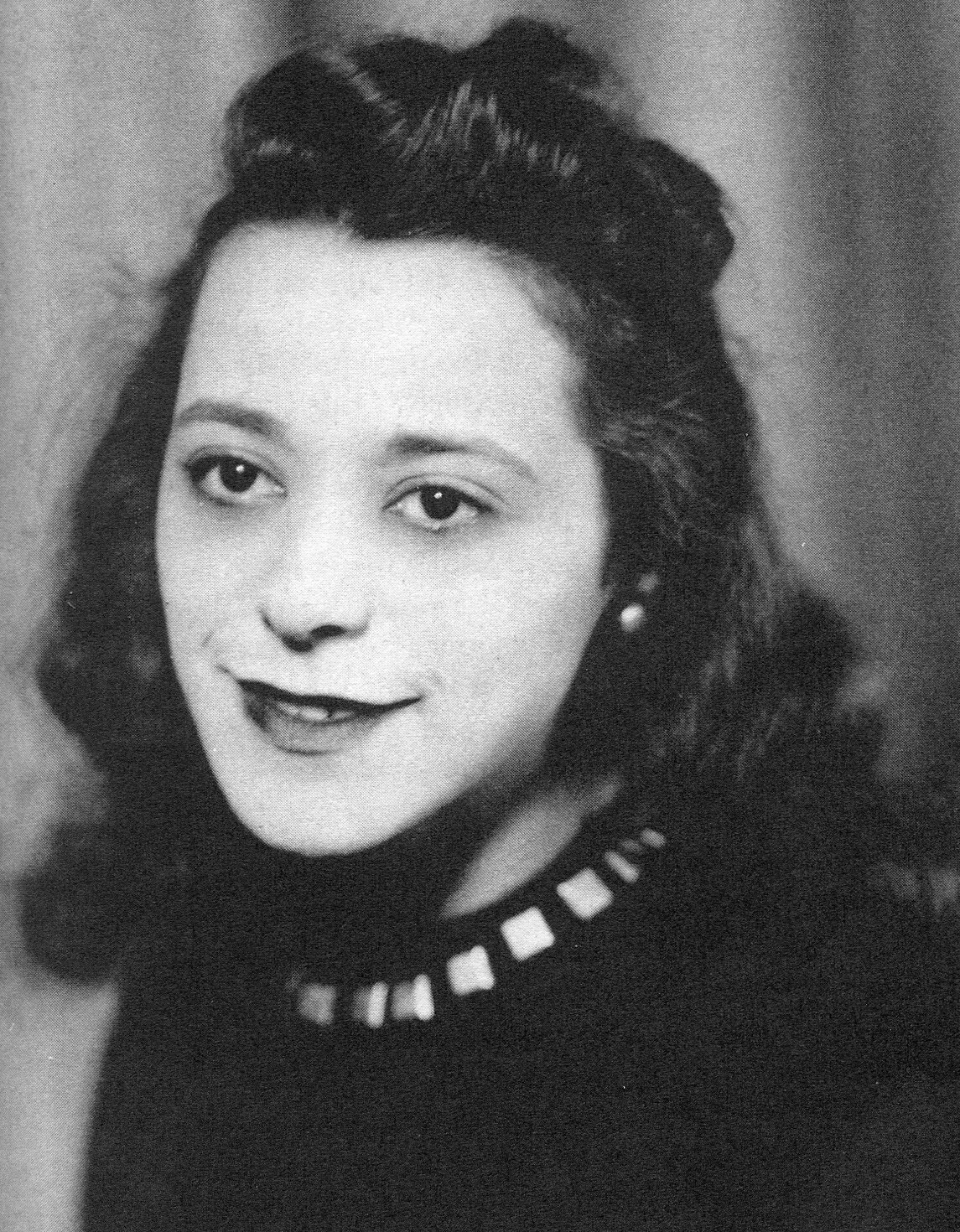Viola Desmond and the Stories That Didn't Make the $10 Bill
Due to the recent change of the $10 bill to include the face of Viola Desmond (nee Davis), her story has become increasingly popular. For those of you who aren’t aware; Desmond was a Black business woman in Halifax who, on November 8, 1946, made an unexpected stop in New Glasgow, Nova Scotia when her car broke down. To pass the time she decided to see a movie, she bought a ticket for floor seats but was given a seat on the segregated balcony section. Despite offering to pay the extra tax on a floor ticket she was confronted by the manager before being dragged from the theatre by police, injuring her knee and hip in the process. She was taken to a holding cell where she claims to have “sat bolt upright all night.” Charged with not paying the amusement tax for a downstairs seat despite offering to pay, she was tried in court where her race was never brought up. Considering the injuries to her hip and knee she decided to sue the theatre but the lawsuit never made it to court. The ordeal was hardly discussed in the news save from The Clarion, the first Black owned newspaper in Nova Scotia owned by Carrie Best, a woman who faced the same experience as Desmond five years prior. Ultimately, the Supreme Court Justice of Nova Scotia ruled against her. Segregation ended in NS in 1954 and Desmond was never talked about again; until 38 years after her death, that is. In 2003, Wanda Robson, Desmond’s sister, took a class on Race Relations at Cape Breton University where the professor, Graham Reynolds, mentioned Desmond’s story. The two took it upon themselves to tell her story, writing a book together titled Viola Desmond: Her Life and Times, Robson went on to write another book with Roland Caplan titled Sister to Courage.
Obviously this story is incredibly important to Canadian history, Desmond changed the way for Black Nova Scotians and has taught many other Canadians the true murky history of Canada. However, Desmond was not the first to experience discrimination like this. As I mentioned previously, Carrie Best had an almost identical confrontation five years earlier in New Glasgow. However, I want to focus on two Albertans who faced the same racism decades previously.
In 1922, racial violence was commonplace in Edmonton, more so than today (which is saying something). In Edmontonian theatre it was common for actors to wear Black-face including in parades and of course segregation was rampant. Lulu Anderson, on May 12, 1922, bought a ticket at the Metropolitan theatre to see The Lion and the Mouse but was denied entry because of her race. She decided to take the theatre to court and interestingly enough, her lawyer’s office was near the headquarters for the Edmonton Ku Klux Klan (near where the Westin now stands). Unfortunately, records of her court case no longer exist as in 1971, the government deemed them not historically important and they were destroyed. What we do know is that she lost her case but we also know that her case is important for Edmonton, Alberta and all of Canada. Otherwise, we know very little about Anderson.
Almost a decade earlier in 1914, the year Viola Desmond was born, Charles Daniels was denied house seats at a theatre in Calgary. Daniels went to see King Lear with some work friends at the Sherman Grande Theatre but was told he has to sit in the segregated section. He decided to launch a court case for $20 000 in present currency. The case was a scandal, horribly racist headlines plagued Calgary about his case but despite this and unlike all of the other cases, he won. Technically, he won by default as no one representing the theatre showed up to court however, no matter how small, it’s a win.
So, why is Desmond’s case so important? My guess is one of two things. One of them could be the overall scandal, she was dragged from the theatre, injured in the process and arrested where all of the other cases only involved lawsuits. The other could be that there’s simply more information on the Desmond case than the others. Anderson’s records being destroyed and Daniels' suit happening so long ago could easily explain why they’re less discussed. Regardless of the reason, these four cases mean an incredible deal to Canada’s Black history, our past in segregation and the racism that still lives with in our systems today.




